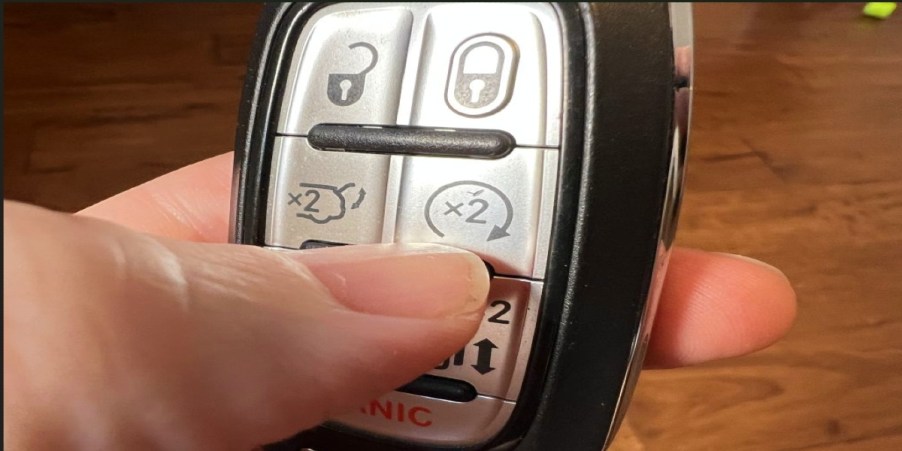
Mythbuster: Here’s How Long You Actually Need to Warm Up Your SUV in the Cold
It’s that time again. Winter is almost upon us, and car owners who don’t take the proper precautions could damage their vehicles. Driving an SUV with a cold engine could lead to issues that require repairs. Warming up a vehicle during low temperatures is seen as a best practice. The question is, do drivers actually need to warm up modern SUVs for five to 10 minutes before operating their vehicles? Here’s the cold hard truth about how long you should actually warm up your SUV during the cold winter months.
How long does it take to warm up an SUV?

‘Warming up’ a car, truck, or SUV is a phrase used to describe the process of starting a vehicle and allowing it to run long enough for its internal components to get warm. Decades ago, warming up a vehicle was necessary to ensure proper engine functionality.
If an older vehicle didn’t warm up, it didn’t get enough time to vaporize fuel via heat, allowing the internal combustion engine to run properly. Needless to say, an internal combustion engine that isn’t hot enough to perform any combustion won’t function optimally.
Today, car manufacturers use different engine components than they did decades ago. Engines have become more efficient at performing internal combustion and less reliant on certain parts that have required heating time in the past. The reality is that the majority of modern cars, trucks, and SUVs only need a few seconds to heat up for long enough to function properly. That said, older vehicles often creak and groan much more in the severe cold when they don’t get some time to get oil flowing and fuel vaporizing.
So, thanks to advancements in technology like fuel management systems and quality improvement in engine oil, new SUVs don’t take nearly as long to warm up as older models. It only takes a minute or two for modern models to reach a temperature where they are safe to operate.
Is warming up a vehicle in the winter bad?
Not only is warming up your SUV for a prolonged period of time in the winter not necessary, but it can even be harmful. Excessive idling in frigid temperatures could actually cause damage to your engine’s cylinders and pistons.
So, the next time you grab your keys to activate your SUV’s remote start, remember that modern vehicles with fuel management systems don’t need long to reach an optimal, warmer temperature. Warming up vehicles is an antiquated practice, and the idea that it’s necessary is a myth. That said, there are still things to look out for when operating a vehicle in the winter.
Tips for driving your SUV in the winter
The most important thing that drivers can do once temperatures start to tip is to prepare their SUVs. Once temperatures drop, it’s a telltale sign that winter is coming. This means vehicles could face more mechanical stress when operating and may even encounter storms.
How to prep your SUV for the winter

- Determine whether or not you need winter tires
- Check your SUV’s battery to ensure that it is operating optimally
- Attach necessary winter accessories that you may use annually (like an ice scraper)
- Prepare a list of contacts and steps to follow in the event of a weather-related emergency
Ultimately, many modern SUVs are equipped to deal with mild to moderate winter weather and storms. However, preparing your SUV for the worst could save you big bucks on towing or repairs in the event of a mishap. The National Highway and Traffic Safety Administration can provide additional winter driving tips.



